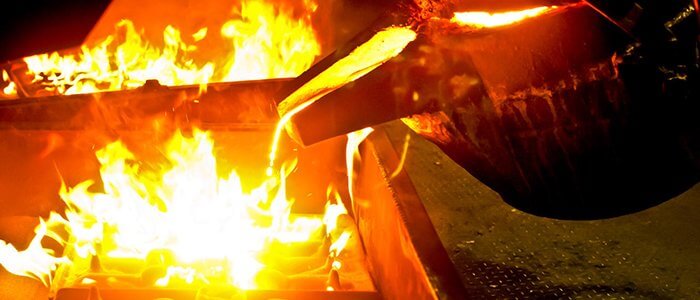Technology Integration and Automation:
China’s foundry industry was expected to continue integrating advanced technologies, such as artificial intelligence (AI), robotics, and the Internet of Things (IoT). Automation in foundry processes improves efficiency, reduces labor costs, and enhances overall productivity.
Environmental Sustainability:
Environmental regulations and global sustainability concerns were influencing the foundry industry in China. There was an increasing emphasis on adopting eco-friendly practices, reducing emissions, and implementing cleaner production technologies.
Digitalization and Smart Foundries:
The concept of smart foundries, driven by digitalization and data analytics, was gaining traction. Utilizing big data and analytics for process optimization, predictive maintenance, and quality control was becoming integral to the industry’s future.
Quality Upgrades and Innovation:
There was a growing focus on improving the quality of castings through technological innovation and research and development. This included advancements in materials, casting processes, and quality control measures to meet higher standards and international competition.
Global Market Expansion:
China’s foundry industry was increasingly looking to expand its presence in the global market. Collaboration with international companies, participation in global supply chains, and adherence to international quality standards were essential components of this trend.
Economic Restructuring and Upgrading:
China’s broader economic restructuring and upgrading initiatives were impacting the foundry sector. The industry was expected to move from traditional, low-value-added production to more high-tech and value-added manufacturing.
Casting Technology Advancements:
Continued advancements in casting technologies, including precision casting, investment casting, and 3D printing for casting molds, were anticipated. These advancements contribute to enhanced flexibility, reduced material waste, and improved product quality.
Energy Efficiency and Resource Conservation:
Energy efficiency and resource conservation were key considerations in the foundry industry’s future. Implementation of energy-saving technologies and sustainable practices aimed at reducing resource consumption and waste generation were becoming more prominent.
Government Support and Policies:
Government policies and support for the foundry industry were expected to play a crucial role. Initiatives supporting research and development, environmental compliance, and internationalization were anticipated to shape the industry’s trajectory.
It’s important to note that the actual development of China’s foundry industry may have evolved since my last update. For the latest and most accurate information, it’s recommended to refer to recent industry reports, government publications, and statements from relevant industry associations.


